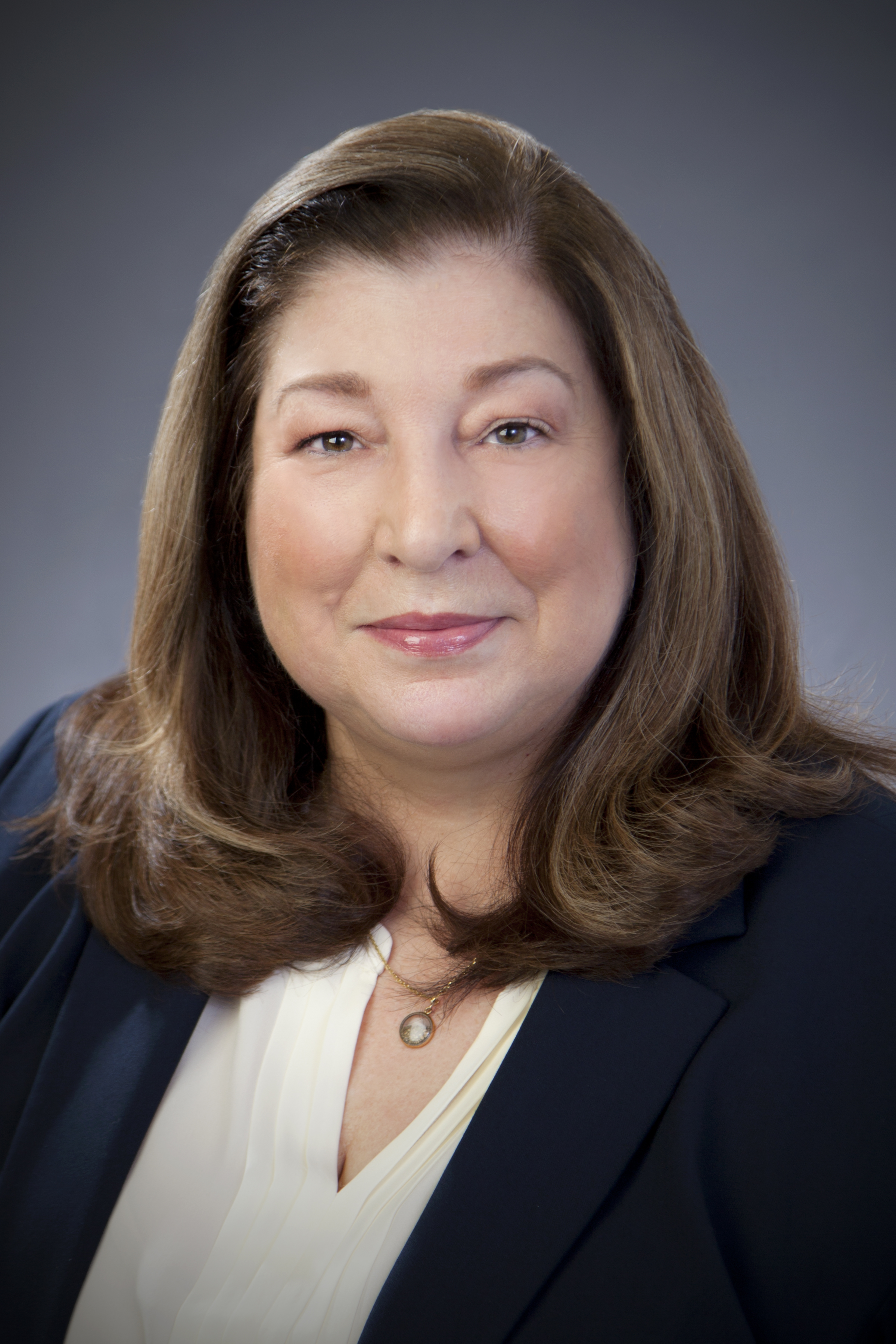A recent study by Tabb Group paints a dismal picture of the industry, with institutional equity brokerage likely to see its third annual decline in commissions. On the other hand, Tabb sees the current low-volatility, low-volume environment as a necessary precursor for an eventual market recovery.
In a report titled “U.S. Institutional Equities: State of the Industry 2012,” Tabb predicted single-stock volume will not rebound until the fourth quarter of this year. Under those conditions, concentration among brokers will increase, the report said.

Tabb interviewed 60 buyside mutual fund traders and 60 hedge fund traders. It also looked at historical data to come up with its analysis.
Last year, investors pulled $168 billion out of the U.S. equity market, and while the report did not predict similar outflows for 2012, Tabb did say it believes equity trading volumes will decline modestly this year, only picking up steam at the end of 2012 and into 2013.
Lackluster volumes have had a depressing effect on revenues for brokers, with commissions from hedge funds in particular falling precipitously. Execution-only commissions for U.S. institutional brokerages will fall an additional 11 percent this year, Tabb predicted, recovering somewhat next year but still remaining below 2010 levels.
Joan Stack, trading manager at the Ohio Public Employees Retirement System, the nation’s 12th largest public pension fund with $46.9 billion in equity assets under management, told Traders Magazine the trend of lower commission spend has been driven by the ever increasing use of direct market access, algorithms and alternative trading systems.
Stack said equity execution is a low-margin business. Seeing formerly execution-only firms such as BTIG and ITG add research products indicates to her that execution-only is a tough business model for some market cycles.
“The increased integration/acceptance of TCA on the buyside may have hurt some execution-only shops that relied primarily on relationships,” said Stack, adding that electronic trading’s growth has further eroded execution-only market share.
Craig Jensen, principal and head of trading at New Canaan, Conn.-based Armstrong Shaw Associates which manages $3.4 billion, added that using an execution-only broker and paying for research via a commission sharing agreement may not always get the best bang for the buyside’s buck.
“Getting good execution and research under one roof could favor using a full service broker,” he said. “There are several things to consider, but research continues to play an increased role in deciding where to trade.”
OPERS, while not divulging specifics, said it has cut down on the number of brokers it uses to execute orders, and with a few exceptions, the ones it keeps all provide research.
One longtime sellside executive agreed to a point with Tabb’s conclusion that volume will make a comeback in the fourth quarter. But that depends on whether the prop desks get back into the market. He added that in 2011 volume dropped after both AIG and Citi did reverse splits. In Citi’s case, its daily volume went from 480 million shares a day to about 40 million after the 10-to-one reverse split.
What also hurt commissions in 2011, he said, was that a number of small- and mid-cap stocks dropped below $5 per share, cutting their commissions roughly in half. Names under $5 per share earn commissions of 2 to 2.5 cents, while stocks greater than $10 earn 4 cents a share.
The pressure on brokers could mean more shops like Ticonderoga Securities and WJB Capital shutting down as consolidation in the industry continues apace. Already struggling firms will have to compete for a slice of an ever-shrinking pie if volumes remain low, which seems likely as investors have little stomach for U.S. equities.
William Quinn, head trader at HighMark Capital in San Francisco which has $5 billion in equity assets under management, said overall volume is down about 30 percent and not just among institutions.
“Even high-frequency trading has dried up,” he said. “The retail investor is standing pat with the strategy of owning bonds, gold and high-dividend-paying blue chip stocks.”
Quinn is particularly troubled that the average Generation Y investor, those born after 1980, are holding upwards of 30 percent of their portfolios in cash, leaving less room for all other asset classes, including equities.
“These people have seen the dot com bust, the Lehman demise and the “flash crash,” Quinn said. “The only active investors are the professionals that must be involved in trading.”
Still, the decline in volumes could have a silver lining, according to Adam Sussman, director of research at Tabb and author of the recent report.
“When you look at it in terms of exchange volumes and commissions, things are certainly tough right now, but I think that it’s important for folks to look at that through the lens of what’s happening in the broader market,” Sussman said.
According to Sussman, last year’s volumes were unsustainable because they were driven primarily by volatility caused by fear in the market. He interprets the recent declines in volume as evidence that fear could be subsiding. If that happens, investors might start to feel more comfortable getting back into the market, he added.
“It’s still going to be a down year in terms of commissions, but for the market itself, we’ll be building it back up and setting ourselves up for the first year of growth in equity commissions in 2013 in quite a while,” Sussman said.
That could be aided by ideas currently being floated in Congress to encourage initial public offerings, which have been down in recent years, in spite of the recent high-profile IPO filing by Facebook.
Sussman called on legislators and regulators to focus on how to return the markets to the business of capital formation and liquidity creation. Only then will investors have reason to put their money back in the market, he said.





